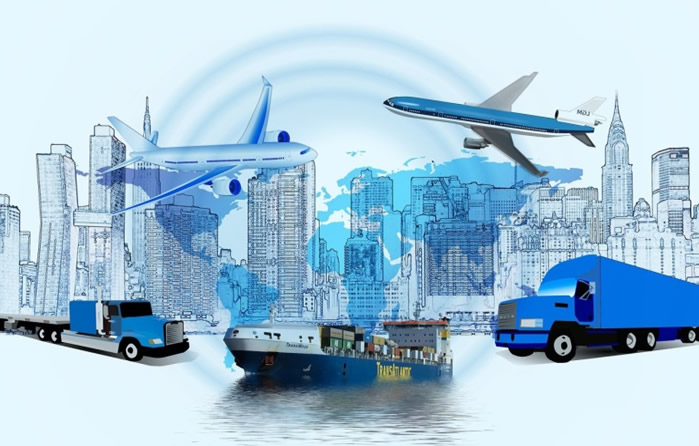
Shipping an Incinerator System
Over the years, Haat has had a consistently good record of exporting incinerator systems to more than 40 countries in the world and the number of countries where we have a presence is increasing. Currently many of our systems are being shipped to tropical, desert and islandic climes.
Global and local requirements require a large amount of accurate documentation and other preparation to be done for these shipments. Some of these include:
- Shipping containers
There has been a global shortage of containers in recent times, but still, the container needs to be made available on time for stuffing our equipment as the ship will not wait. The cargo has to be ‘in gauge’ and not ‘out gauge’. Hence while designing and manufacturing the incinerator, we have to keep in mind dimensions of the shipping containers with reference to our equipment and whether we need open top or standard or flat track containers or break bulk arrangements.
- Transport in shipping containers
We generally choose an efficient port such as Chennai for sending our incinerators outside India. Once liners make available the required containers from container yards, we pick them up and bring them by road to Bengaluru. Cargo weight has to be accurate and this has to be incorporated in the necessary shipping documents.
- E-seal
The seals are purchased and containers are sealed by us. The seal numbers and container numbers must appear in several documents.
- E-way bill
E-way bill is generated for transporting the cargo in the containers from our factory to Chennai port, without which no movement of goods is possible.
- Manufacturing Delivery challan
This contains details of goods being shipped along with shipper’s details and those of consignees.
- Packing list
This is an exhaustive document listing out each and every item contained in the cargo. The items are numbered and stickered for ease of identification.
- Export Invoice
This again contains the customer’s order details, cargo details, shipper, consignee, notifying party, net and gross weights, GST, CIN, PAN Nos. as well as IEC Code No. This also indicates port of loading, port of discharge, country of origin and country of final destination. It mentions the value of the cargo, either FOB or CIF.
- Shipper’s letter of instruction
This contains a repeat of some information but specifically ‘document filing instructions’, ‘special handling instructions’ and ‘post shipment instructions’.
- Form SDF
This confirms the export value of goods and the shipper’s undertaking to deliver to the bank the full value of goods within a certain period.
- Declaration
This is a confirmation to abide by the provisions of FEMA.
- Export value declaration
This lists out the method of valuation of goods, whether seller and buyer are related, terms of payment and terms of delivery.
- Drawback / DEEC declaration:
This declaration is to avail duty draw back and confirmation of the quality of the cargo as against the contract with the buyer.
- Annexure A
This is an application for one time approval for self-sealing export containers addressed to the Commissioner of Customs.
- Annexure C1
This gives, apart from other information, the container serial numbers, sizes, seal numbers and number of packages stuffed and is submitted to the Superintendent of Central Excise.
- Along with the above the following documents have to be provided.
- Original application for self-sealing to the Commissioner of Customs
- Original permission to do electronic sealing by the Commissioner of Customs
- Annexure C
- PAN cards of authorized officials of the exporting company
- E Seal store
With RFID high security seal numbers, container no. truck no. etc.
- VGM
Verified gross mass of container with net and gross weight.
There are other activities and further documents, details of which are given below.
Customs clearance: When the goods reach Chennai, there is a clearance by customs at the port. During this time, there should not be any mismatch of the e-seal number, container number, invoice number, etc. If there is any mismatch, cargo will not move further. Once the custom clearance is done it will enter the wharf and unloaded, waiting to be loaded on board the vessel. The vessel generally might not have berthed when the cargo reaches the port and the container has to wait for the ship to arrive. Once this take place, the cargo is loaded on the ship and then it is the responsibility of the liner to securely stack the container and proceed with the departure to the final destination through whatever route it planned.
Others include the shipping bill, bill of lading, FCR and mate receipt.
We can see from the above that there are a lot of activities and documentation involved in export activities of incinerators.
It would help if there was a reduction in the number of documents and activities so the process could be faster and more efficient.


